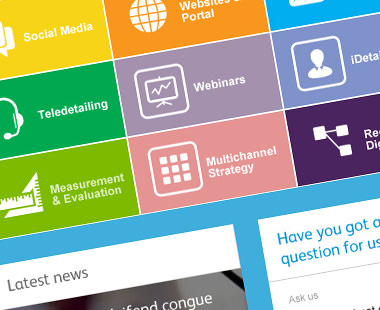
Why an intranet helps support Office 365 governance
An intranet can really really help with the Office 365 adoption. Office 365 is a fantastic and exciting platform, and a SharePoint intranet complements it perfectly.

An intranet can really really help with the Office 365 adoption. Office 365 is a fantastic and exciting platform, and a SharePoint intranet complements it perfectly.
Wizdom Conference 2018 was a huge success! Set in renowned Tivoli Gardens in the heart of springtime Copenhagen.
Wizdom 2018 digital workplace conference – summary of the main themes
The 2018 Wizdom Conference on The value of the digital workplace day 2
The 2018 Wizdom Conference on The value of the digital workplace day 1
Book in a live demo with us to discuss your project and find out more about our services, solutions and how we can add value to your digital workplace. Simply fill out the form and pick a time and date in our calendar.
Alternatively, if you have a question and would like more information about Content Formula, please visit our contact us page.
We look forward to meeting you.
We use cookies to give you the best experience on our site. By continuing to use our website, you are agreeing to our use of cookies. To find more about the cookies, please see our cookie notice.
You can also read our privacy policy.